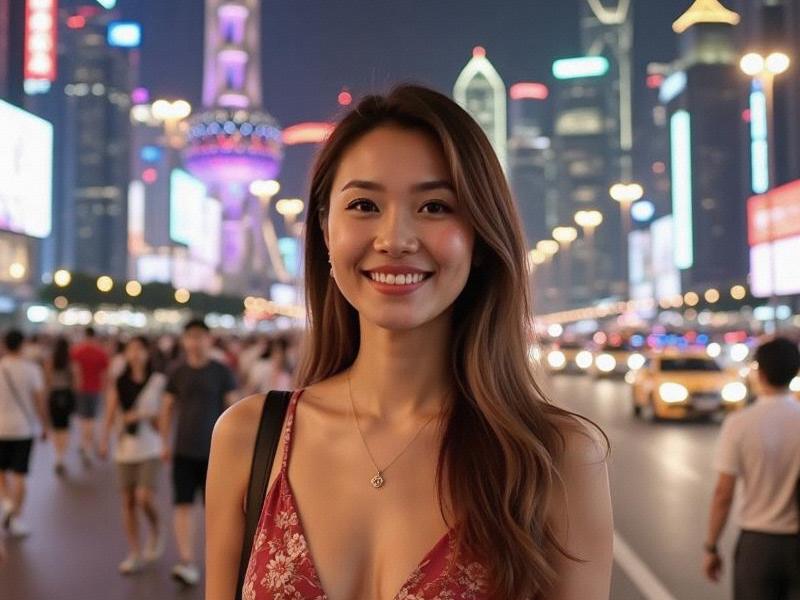
The morning light filters through the plane trees of the Former French Concession, illuminating a Shanghai paradox - a group of tai chi practitioners in silk qipaos share the sidewalk with Gen-Z influencers live-streaming their skincare routines. This juxtaposition encapsulates the complex evolution of beauty standards in a city that has long been China's trendsetter.
1. Historical Context:
- The "Shanghai Girl" archetype through decades (1920s-present)
- How cinema and literature shaped perceptions
- The qipao's transformation from everyday wear to cultural symbol
- Beauty pageants and their controversial legacy
2. Modern Diversity (2025 Survey Data):
上海龙凤419足疗按摩 - 73% of Shanghai women reject single beauty standard
- 58% prioritize "healthy glow" over pale skin
- 41% mix high-end and domestic beauty brands
- 67% believe confidence matters more than physical traits
3. Industry Innovations:
- AI skin analysis in Nanjing Road stores
- Sustainable beauty brands gaining popularity
上海花千坊龙凤 - Traditional Chinese medicine-inspired cosmetics
- Male grooming market growing 28% annually
4. Cultural Preservation:
- Young designers modernizing qipao styles
- Hairpin-making workshops attracting millennials
- Cosmetic companies incorporating Shanghainese elements
- Museums hosting beauty history exhibitions
上海喝茶群vx 5. Social Media Impact:
- Douyin's role in democratizing beauty
- Micro-influencers promoting body positivity
- Backlash against excessive filters
- Rise of "real skin" movement
Sociologist Dr. Zhang Wei from East China Normal University observes: "Shanghai women today aren't rejecting traditional beauty concepts - they're expanding them. The modern Shanghainese woman might wear designer sneakers with her qipao, or pair French skincare with TCM techniques. It's about creating personal definitions."
From the skincare labs in Pudong to the silk markets in Old Town, Shanghai continues to write its own beauty playbook - one that honors its past while confidently embracing an inclusive future.
